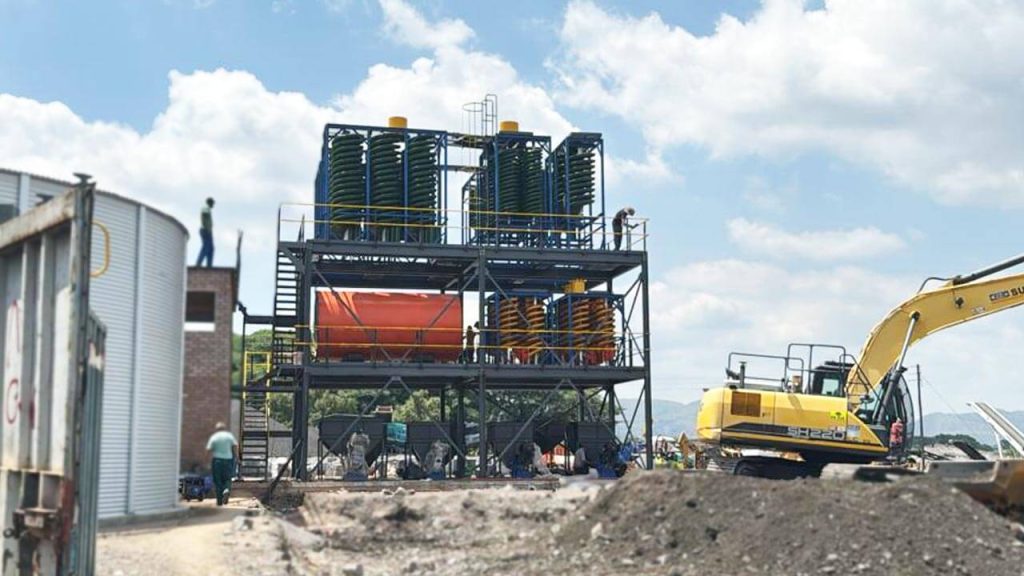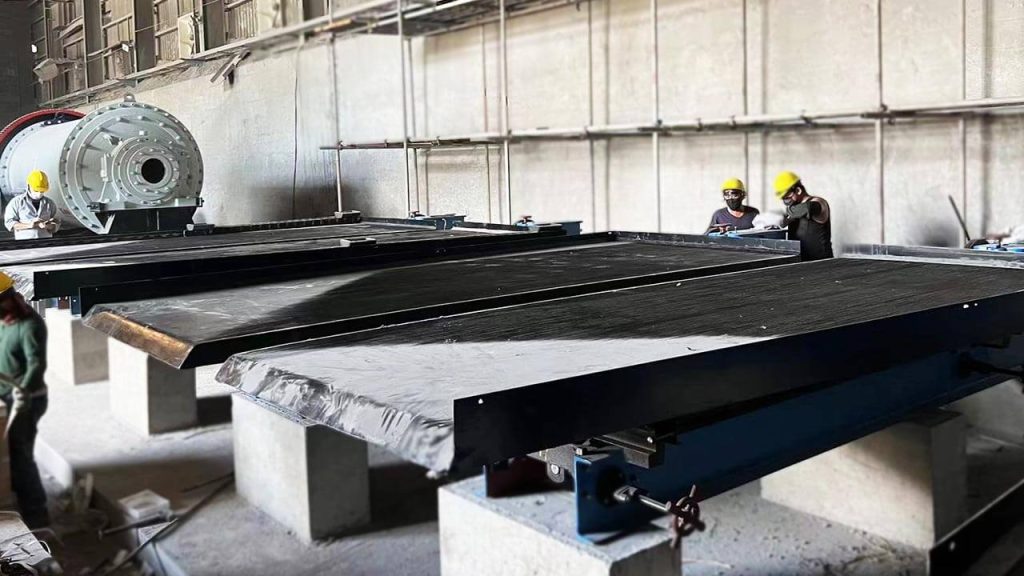Zircon has low acidity and a high melting point. It can be combined with all organic and inorganic sand binders and used as a molding substrate for sand casting and investment casting. It is widely used in aerospace, the military industry, nuclear reaction, and atomic energy, and it is also an important mineral material in the advanced national defense industry.
More than 90% of zirconium metal is used for the above functions, making it an important mineral with economic value. The development of its mining and mineral processing technology is of great significance to the development of the zircon industry. Since the ore contains a variety of impurities, it is usually separated by gravity separation, magnetic separation, flotation, electric separation, and other combined processes in the zircon beneficiation.
What is Zircon?
Zircon, zircon sand, formerly known as hyacinth stone, is transparent as a gemstone, also known as zircon gemstone. It is a mineral mainly composed of zirconium, silicon, and oxygen crystallized from magma when igneous rocks are formed. It is also produced in dikes and metamorphic rocks. It is primarily symbiotic with ilmenite, rutile, monazite, xenotime, etc. in the coastal sand. Pure zircon sand is a colorless and transparent crystal, often dyed into yellow, orange, red, brown, and other colors due to different origins and different types and quantities of impurities. Zircon sand has low thermal expansion, high thermal conductivity, and strong chemical stability.

Zircon beneficiation is the process of removing impurities from zircon ore to increase its zircon content. The following four beneficiation methods are often used: gravity separation, electrical separation, magnetic separation and flotation.
1. Zircon Gravity Separation
Zircon mostly occurs in ilmenite, and is often accompanied by heavy minerals such as hematite, chromite and garnet. Therefore, in the initial enrichment stage of columbite, gravity separation is often used, such as shaking tables or spiral chutes to separate heavy minerals from gangue (quartz, feldspar, biotite), and then other beneficiation methods are used to separate them from other heavy minerals.

2. Zircon Electric separation
Conductive minerals such as ilmenite, hematite, chromite, cassiterite, and rutile are separated from non-conductive minerals such as zircon, monazite, garnet, and apatite by utilizing the difference in mineral conductivity. Desliming, grading, drying and dosing should be done in advance before electrification. Then it enters the electric separator for separation.
3. Zircon Magnetic separation
Magnetic minerals in heavy minerals include ilmenite, hematite, chromite, garnet, biotite, monazite, etc. Zircon is a non-magnetic mineral or a weakly magnetic mineral (in some deposits, the iron in the zirconia is weakly magnetic). Magnetic separation is divided into two types: dry and wet. In dry magnetic separation, the selected materials must be heated, dried, classified, and treated with other pre-treatments before sorting. The strong magnetic field magnetic separator has a wide separation particle size, and the particle size lower limit can reach 20pm. Therefore, using a wet magnetic separator is more appropriate when the zircon particle size is fine.
4. Zircon Flotation separation
Commonly used collectors are fatty acids (oleic acid, sodium oleate) and the like. The slurry modifier is sodium carbonate, the inhibitor is sodium silicate, and the activator is sodium sulfide and heavy metal salts (zirconium chloride, ferric chloride). Oxalic acid is also used to adjust the pulp to acidity, and amine collectors are used for flotation machine process.
Custom Zircon beneficiation Solutions
Zircon is mostly produced in coastal placer mines, and its associated minerals are mainly ilmenite, rutile, monazite, and sphene, and the gangue minerals are mainly quartz. Generally, when zircon is separated, these heavy minerals are also recovered as target minerals, which need to be combined with methods such as gravity separation, magnetic separation, flotation, and electrical separation.